6:00-8:00 P.M.
Lovettsville, VA
Lovettsville Volunteer Fire Hall
12837 Berlin Turnpike
Lovettsville, VA 20180
Wednesday, August 13, 2025
6:00-8:00 P.M.
Shepherdstown, WV
Shepherd University Wellness Center
164 University Drive
Shepherdstown, WV 25443
Thursday, August 14, 2025
6:00-8:00 P.M.
Winchester, VA
Museum of the Shenandoah Valley
901 Amherst Street
Winchester, VA 22601
| firstenergy_gdgc_open_house_letter.pdf |
The Open House meetings for transmission projects are always the same format, and I've been to lots of them. It's NOT a "Town Hall" or other form of meeting with a formal information presentation with designated speakers followed by a Q&A for everyone at the meeting to take turns asking questions. Instead, these meetings are a place for individuals to hunt for little bits of information at certain "stations" set up around the room. Bring your Sherlock Holmes outfit, not a prepared speech. It's pure divide and conquer. Each station will cover a specific topic and be staffed by one or more FirstEnergy subject matter "experts". You are supposed to enter the room and sign in to give FirstEnergy all your contact information so that their land agents have an easier time harassing you in the future. Then you are supposed to filter through and interact with each station set up along the perimeter of the room like cattle in a chute. When you finally get to the end of the stations (back where you began) you will be asked to fill out a comment card and let FirstEnergy know what you think about the project. This is a diagram of their set up:
Open House meetings are loud and confusing. There are hundreds of people talking at once in a confined space. It is extremely hard to hear what anyone is saying, even someone right next to you.
Sometimes, the companies go all out and provide food, drink and freebie souveniers, such as keychains, notebooks, or cheap Chinese Yeti knockoffs with their project name on them. FirstEnergy ain't having none of that at the Maryland meetings for Gore-Doubs-Goose Creek (aka MARL). There will be nothing for you except paper handouts. Not even a drink of water. Bring your own so you can stay hydrated. It's been hot out there!
And speaking of hot out there... feel free to stage a protest outside the Open House meeting. Wave signs, sing songs, chant, but don't block the entrance or waylay people on their way inside. They'll probably be back to join you after getting their own dose of "information" from inside. Get to know other people in your community who are also affected by the transmission project. Exchange contact information. Create a petition against the project for people to sign. But remember, keep it peaceful and don't interfere with what FirstEnergy is doing inside. Sorry I won't see you there, but we can talk afterwards.
Here are some photos from FirstEnergy's June Open House in Montgomery County, Maryland.
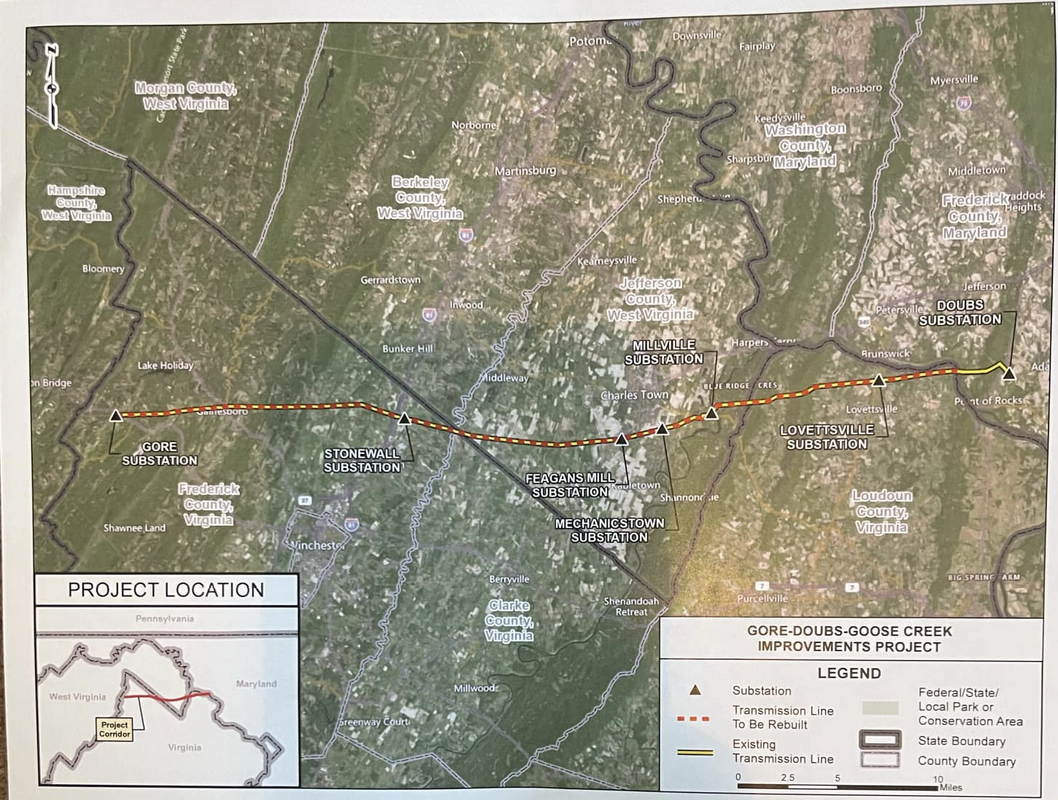
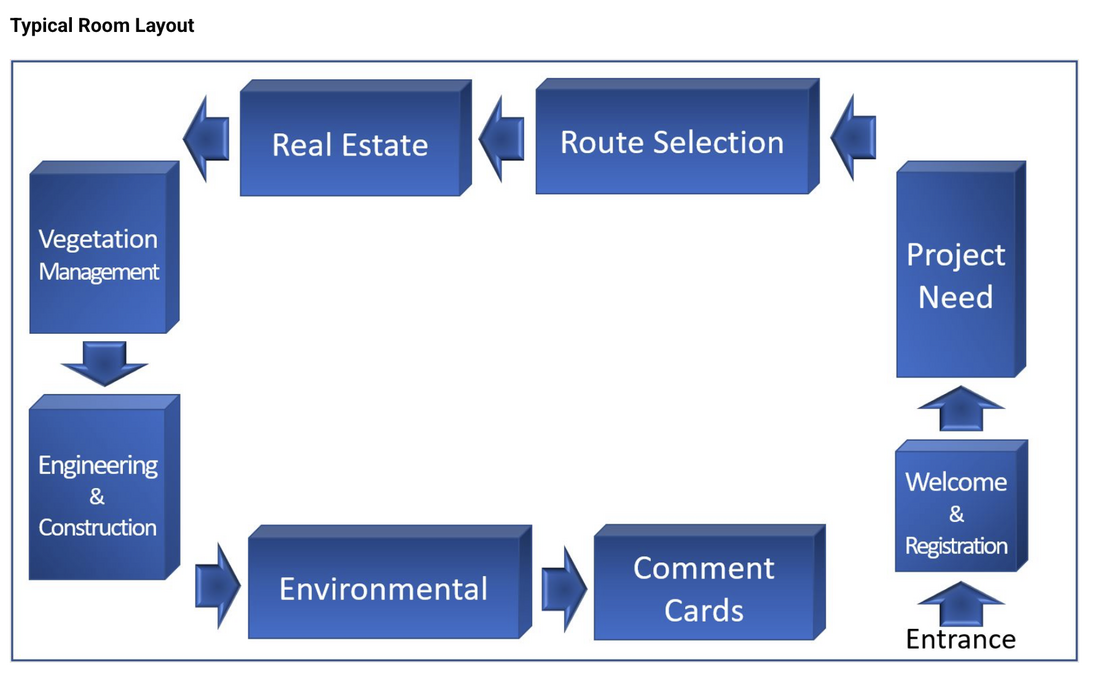
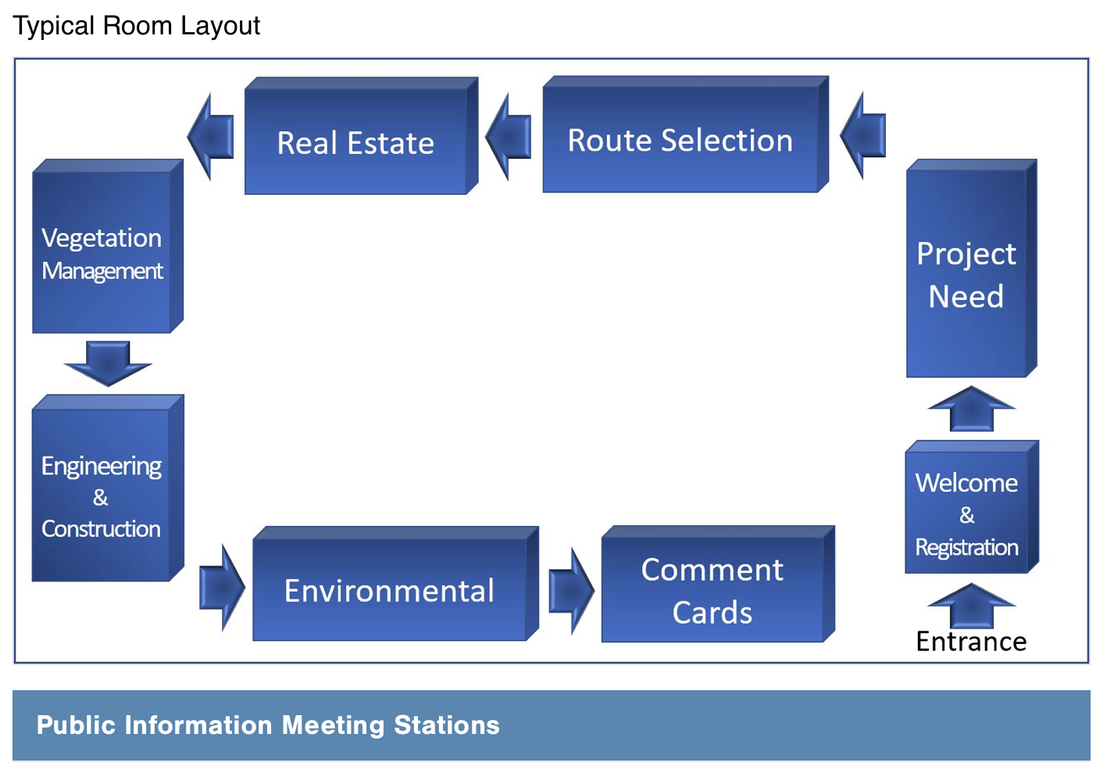
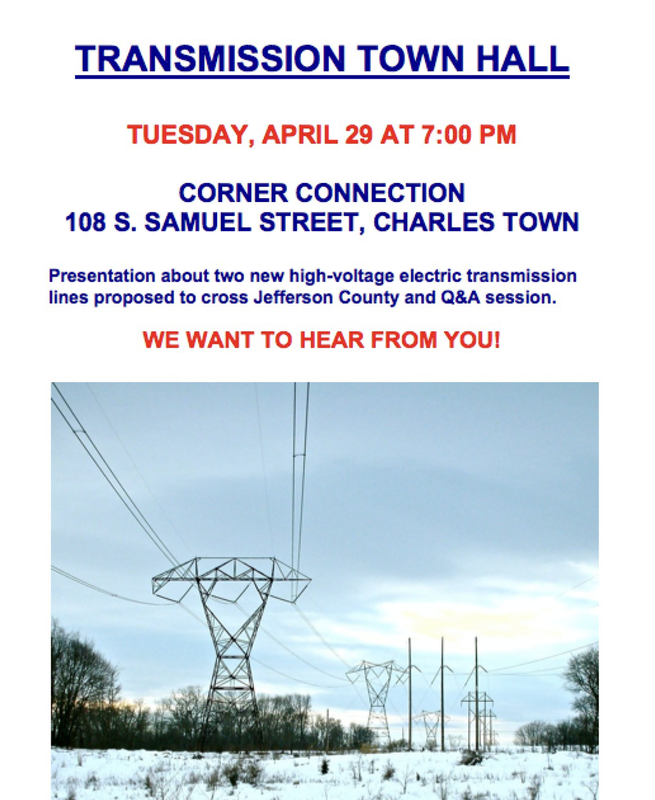
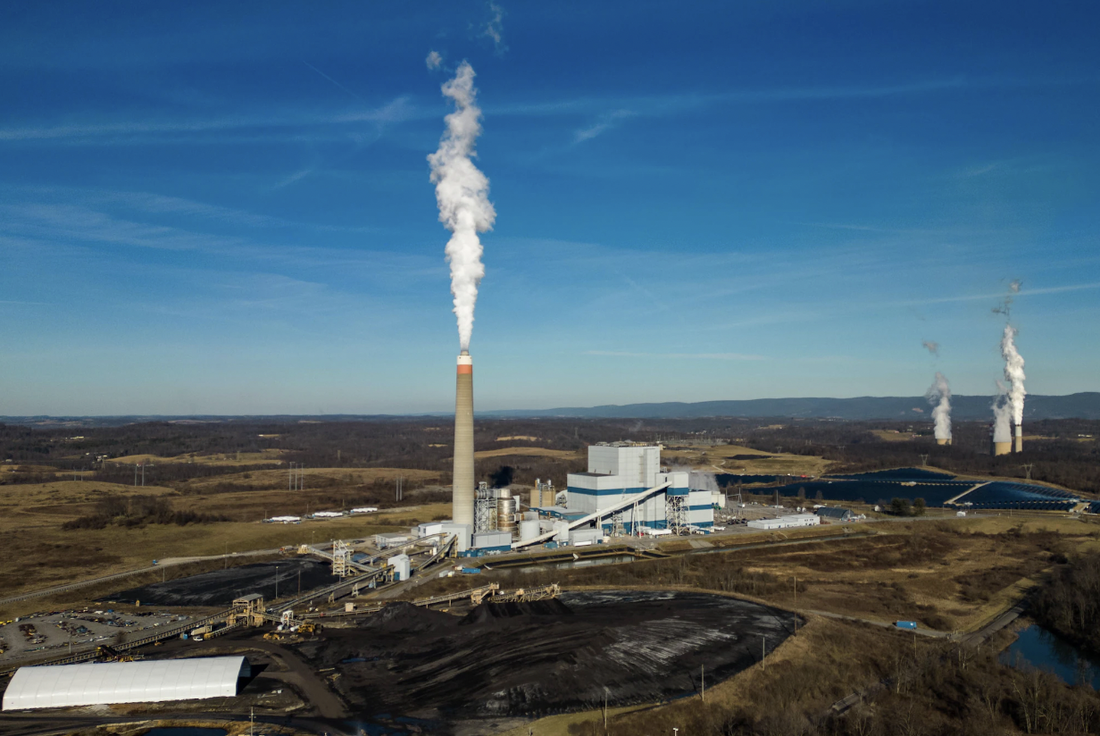
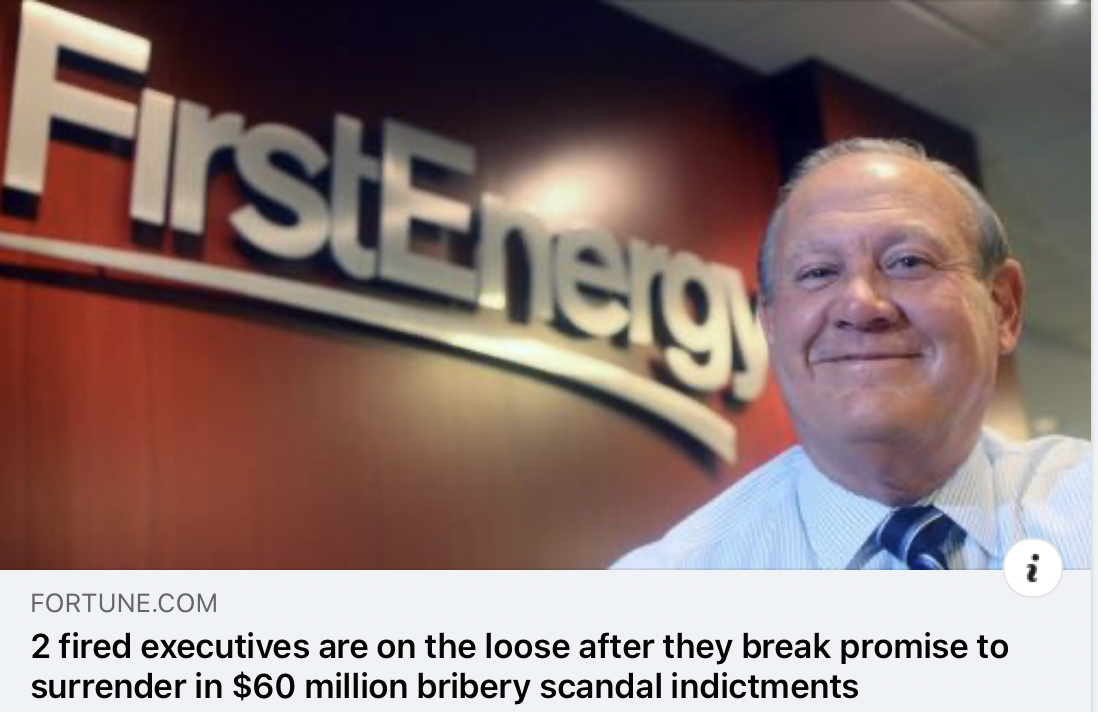
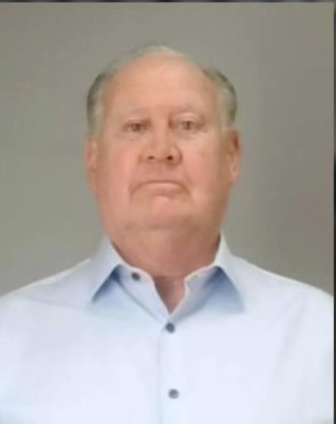
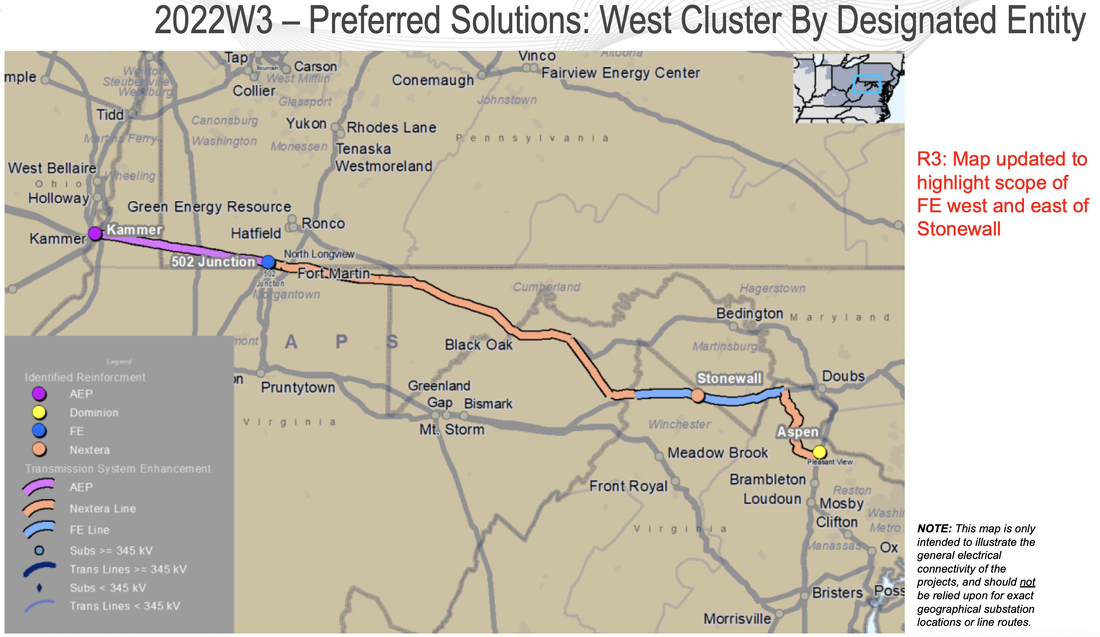
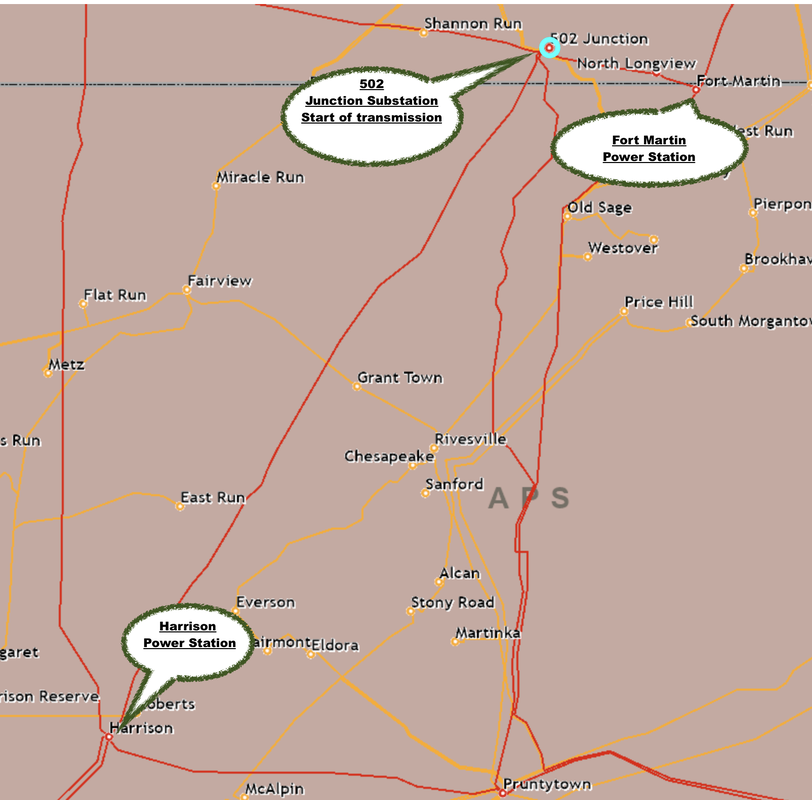
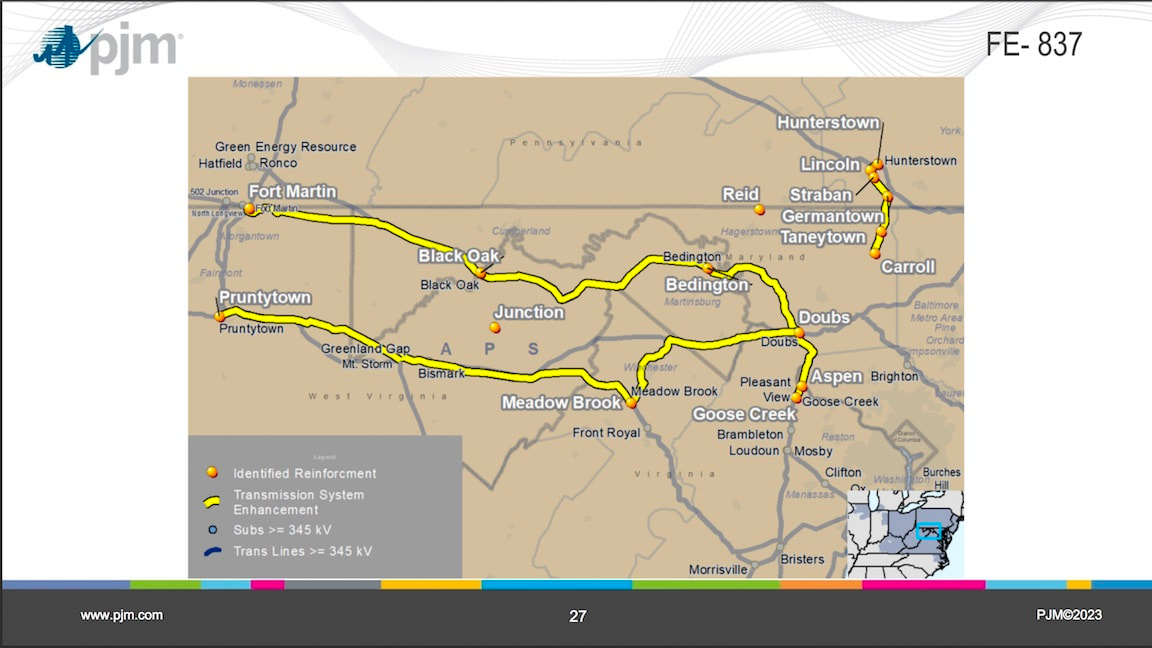

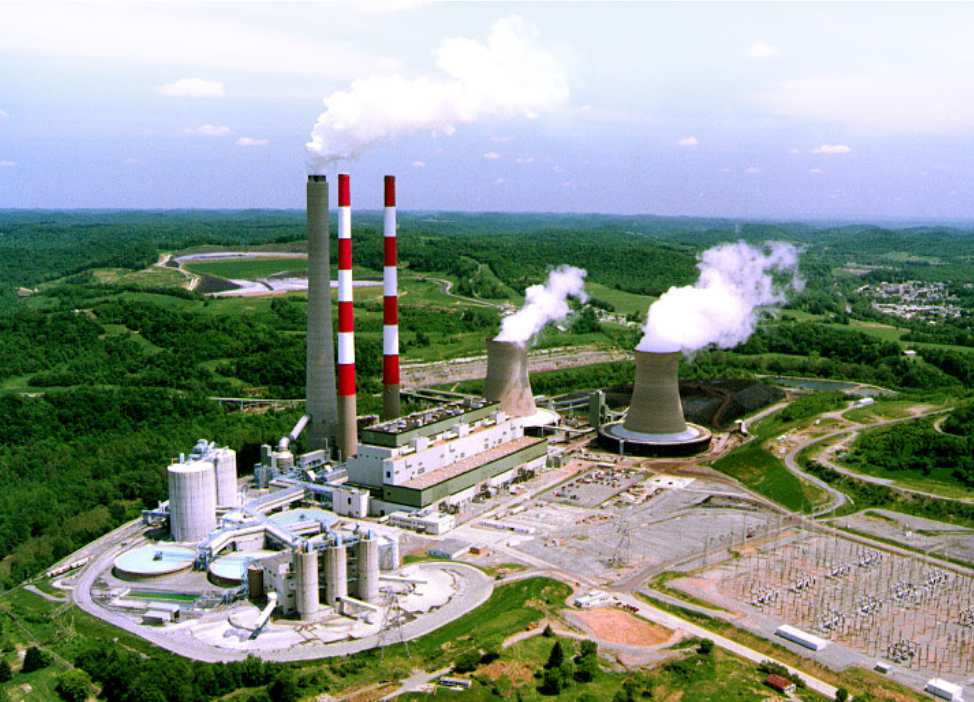
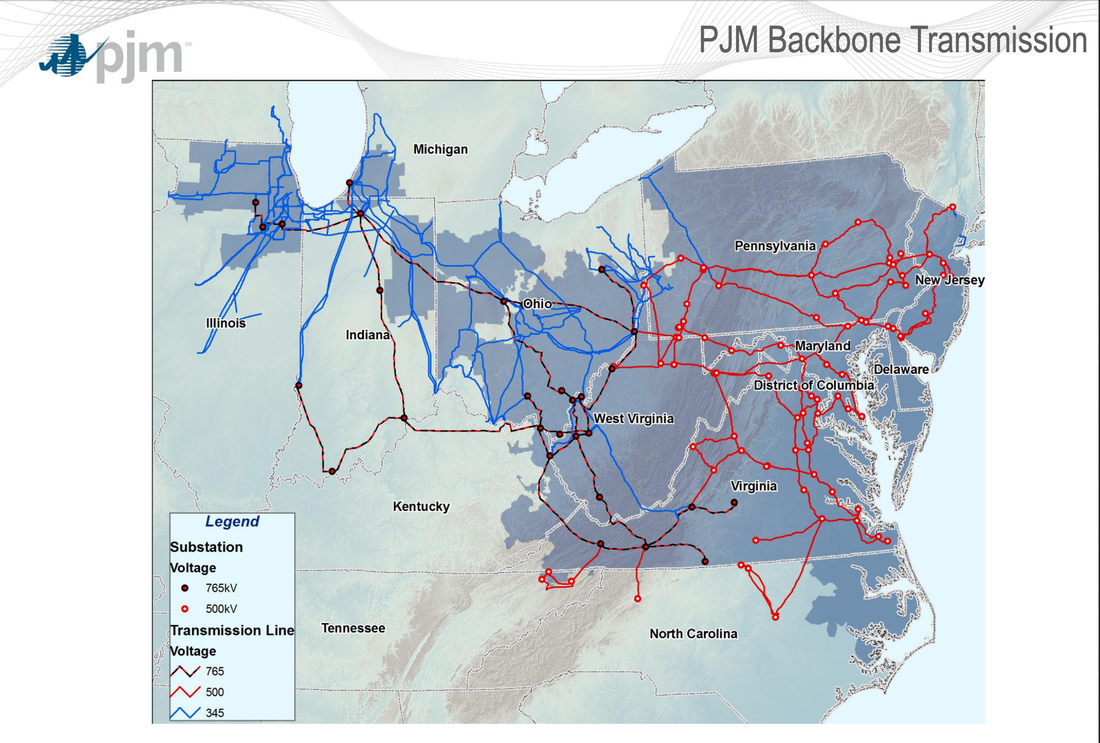
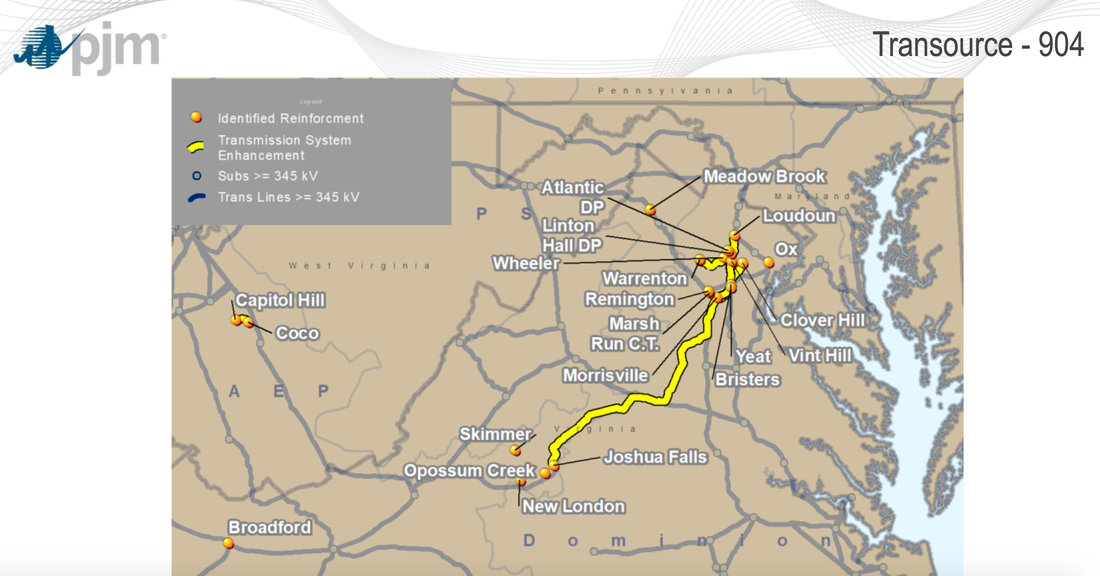
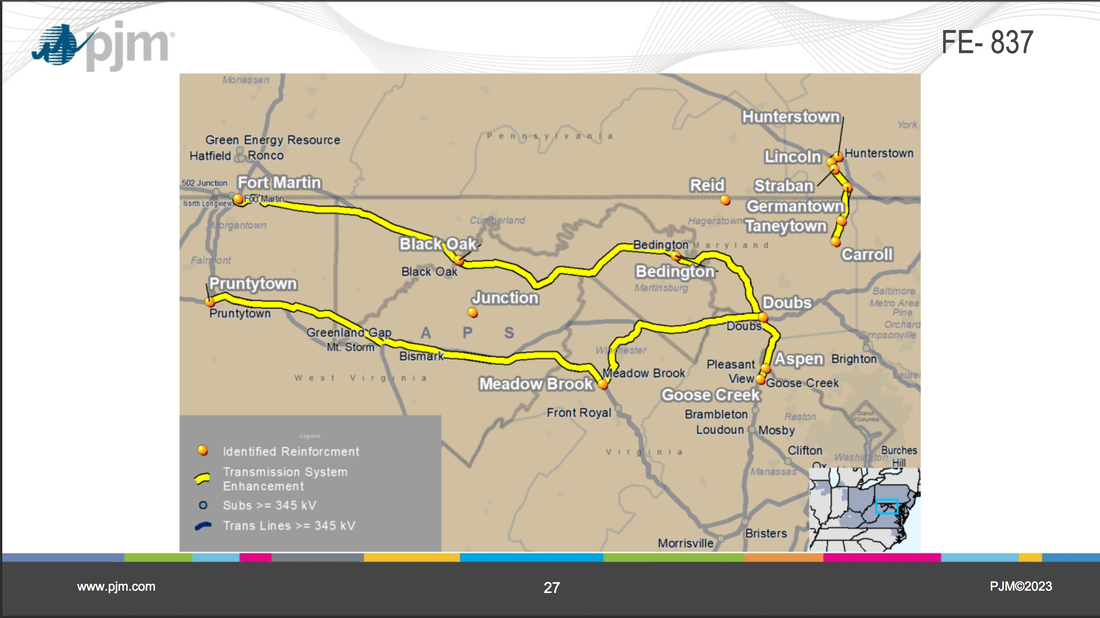
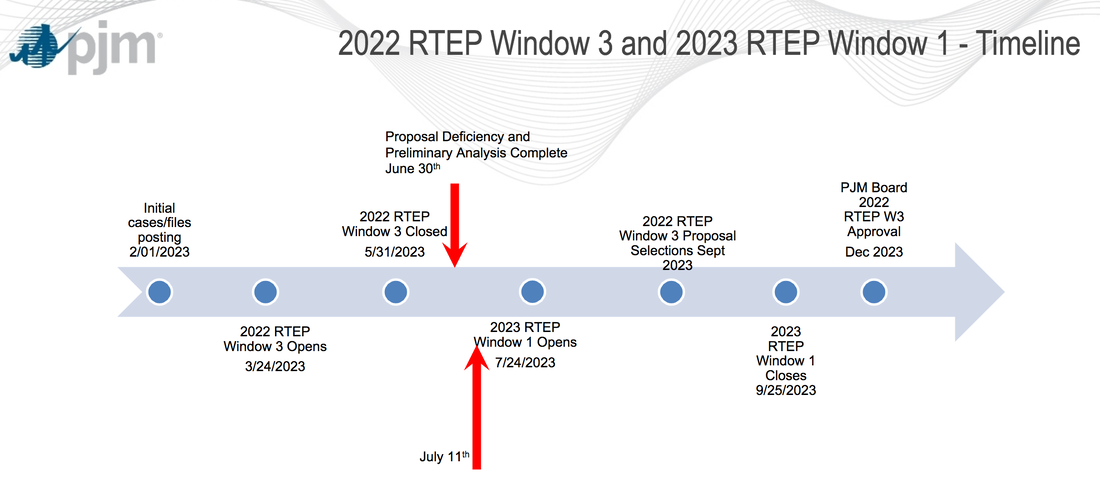



 RSS Feed
RSS Feed